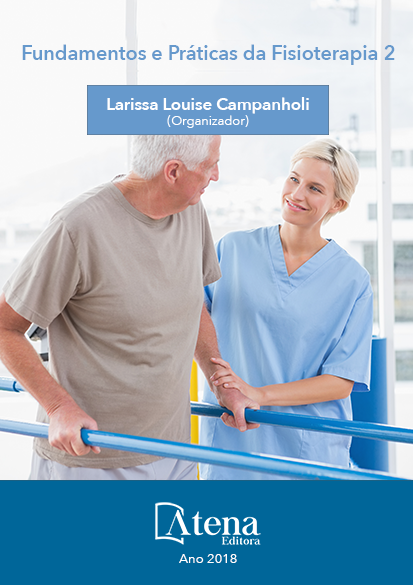
AUTOPERCEPÇÃO DE SAÚDE DOS IDOSOS INSTITUCIONALIZADOS EM MUNICÍPIO DE MÉDIO PORTE NA REGIÃO CENTRO OESTE DO BRASIL
o objetivo do trabalho foi descrever
a autopercepção de saúde de idosos
institucionalizados, segundo sexo e a faixa
etária. Método: estudo quantitativo, descritivo
de corte transversal, onde aplicamos as duas
primeiras perguntas do instrumento SF-36
sobre a autopercepção de saúde, no período
de quatro meses. Resultados: a instituição
conta com 65 internos, com predominância
do sexo masculino (70%), a população geral
está na faixa etária de 38 a 98 anos. A amostra
constituiu-se de 24 indivíduos, dos quais 46%
dos participantes consideram sua saúde boa,
comparada com outras pessoas da mesma
idade. Quando comparada há um ano atrás,
20% relataram sua saúde como quase a
mesma. Dentre as mulheres, 12% consideram
sua saúde como boa quando comparada com
outras pessoas da mesma idade. Destacase
que mais da metade das mulheres (16%)
percebe a saúde como um pouco melhor
em relação ao ano anterior. Conclusão:
acreditamos que novas investigações poderão
construir um direcionamento para propostas de
intervenção em vigilância em saúde contribuindo
para uma assistência à capacidade funcional. O
incentivo às práticas profissionais votadas aos
idosos institucionalizados nos leva a entender
os possíveis motivos da disponibilidade na
instituição de longa permanência, contribuindo
para ações sociais e educacionais que possam
atenuar os problemas enfrentados pelo
envelhecimento.
AUTOPERCEPÇÃO DE SAÚDE DOS IDOSOS INSTITUCIONALIZADOS EM MUNICÍPIO DE MÉDIO PORTE NA REGIÃO CENTRO OESTE DO BRASIL
-
DOI: atena
-
Palavras-chave: Autopercepção. Instituição de longa permanência. Idosos
-
Keywords: Self-perception. Long-stay institution. Elderly
-
Abstract:
the objective of this work was to describe the self-perception of
institutionalized elderly health, according to sex and age group. Method: quantitative,
descriptive study of cross section, where we apply the first two questions of the SF-36
instrument on the self-perception of health, in the period of four months. Results: the
institution has 65 inmates, with a predominance of males (70%), the general population
is between the ages of 38 to 98 years. The sample consisted of 24 individuals, of
which 46% of participants consider your good health, compared to other people of the
same age. When compared to a year ago, 20% reported your health as almost the
same. Among the women, 12% consider your health as good when compared with
others of the same age. Points out that more than half of women (16%) perceive health
as slightly better compared to the previous year Conclusion: we believe that further
research will build a direction for intervention in contributing to a health surveillance
assistance to functional capacity. Encouraging professional practices adopted to the
institutionalized elderly leads us to understand the possible reasons of availability in
long-stay institution, contributing to social and educational actions that could mitigate
the problems faced by aging.
-
Número de páginas: 15
- Leandra Aparecida Leal
- Renata Machado de Assis
- Ana Lucia Rezende Souza
- Juliana Alves Ferreira
- Daisy de Araújo Vilela


